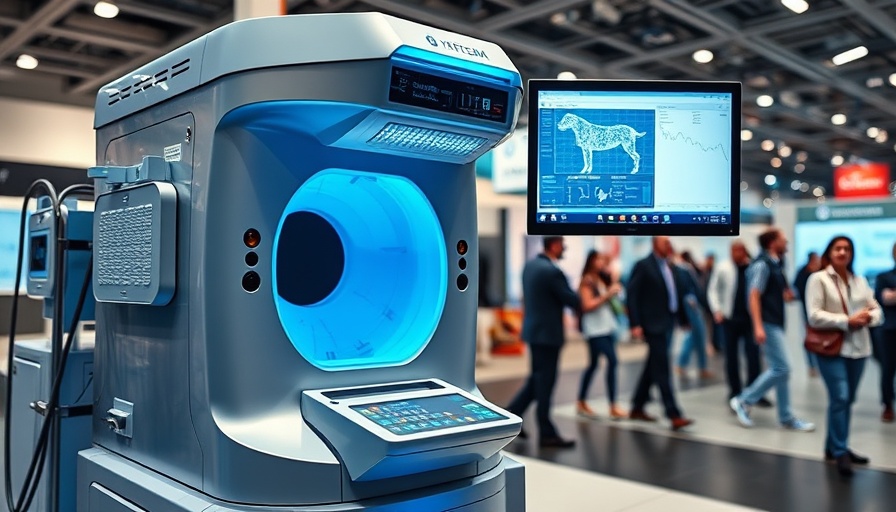
Revolutionizing Veterinary Diagnostics with AI
Advancements in veterinary diagnostics are reshaping how pet care is approached, with artificial intelligence (AI) standing at the forefront of this transformation. As pets receive more complex medical treatment, the need for quick and accurate diagnostics has never been more critical. Technologies like Zoetis' Vetscan OptiCell™ and Vetscan Imagyst® are pivotal in enhancing these capabilities.
Addressing the Challenges in Veterinary Practices
Veterinarians are experiencing mounting challenges, from increasing patient loads to workforce shortages. Under such conditions, traditional diagnostic methods may no longer suffice, creating a pressing demand for faster, reliable results. AI is addressing these shortcomings; for example, it enables veterinary hematology to detect blood cell abnormalities swiftly, allowing timely interventions.
The Innovations Behind AI in Veterinary Diagnostics
Two significant products illustrate this shift: Vetscan OptiCell™ and Vetscan Imagyst®. The former streamlines complete blood count analyses, minimizing the chance for human error and improving workflow efficiency. “Vetscan OptiCell is a wonderful new introduction that builds on the innovation roadmap we've had until now,” said Abhay Nayak from Zoetis. Such innovations not only enhance accuracy but also position veterinarians for better outcomes.
Future Prospects: The Landscape of Veterinary Diagnostics
With AI's continuing integration into veterinary practices, professionals can foresee a future where diagnostics are even more connected and streamlined. For instance, AI-assisted urinalysis and imaging technologies are gaining traction, promoting a seamless workflow that supports veterinarians in making informed decisions. The ongoing development of AI tools promises to further elevate the standard of care veterinarians can offer.
Why Veterinary Clinics Should Embrace AI
For veterinary clinic owners and managers, incorporating AI technologies is no longer just an option but a necessity to stay competitive. Embracing such innovations empowers practices to attract more clients and optimize operations while also enhancing profitability through improved diagnostic accuracy and faster service delivery.
 Add Row
Add Row  Add
Add 

 Add Row
Add Row  Add Element
Add Element 




Write A Comment